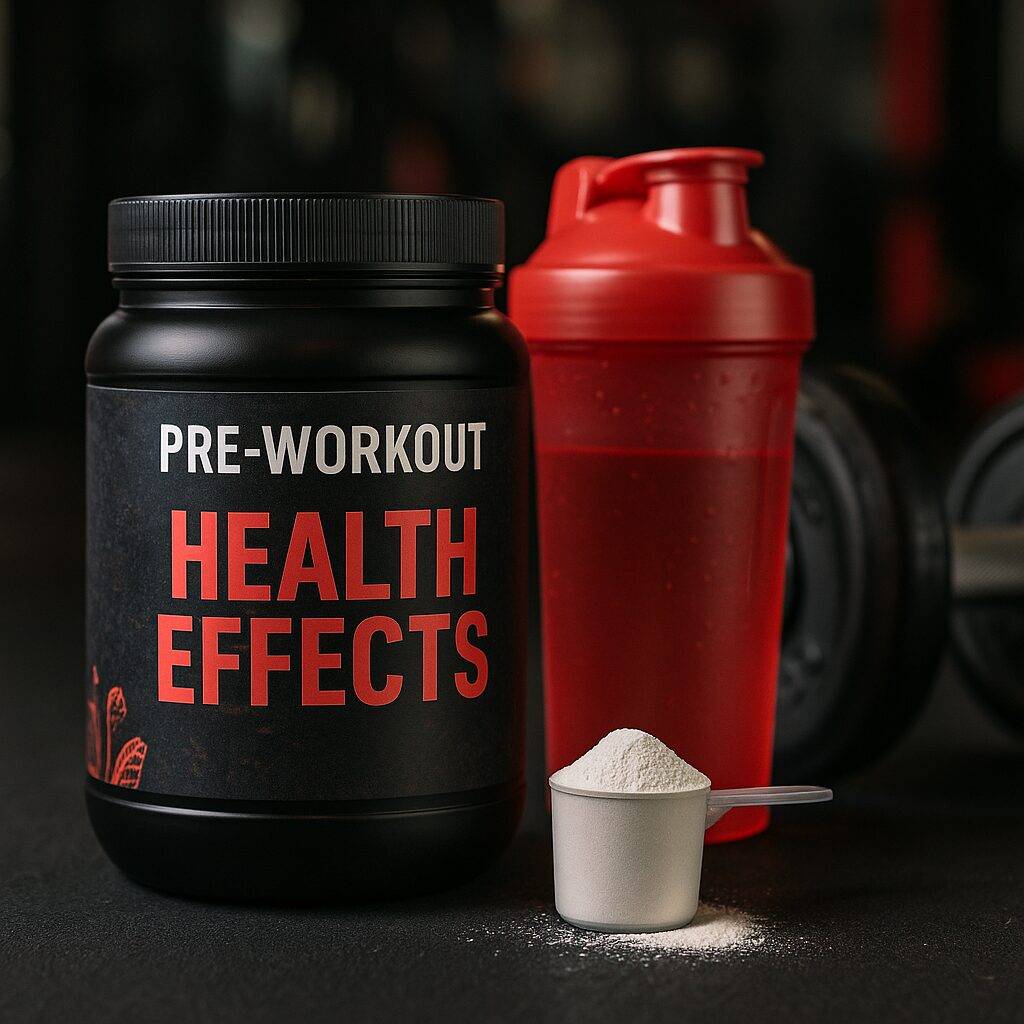Want to get stronger without going to the gym? With the right gear and a clear plan, you can build a powerful strength training routine at home. Whether you have a small apartment or a garage setup, it’s easier than you think.

Table of Contents
Toggle1. Why a Strength Training Routine at Home Works
Training at home gives you total control of your schedule. You skip crowded gyms, save money, and focus better. Additionally, with beginner-friendly equipment like dumbbells, benches, and resistance bands, you can target all major muscle groups efficiently through your strength training routine at home.
2. Essential Equipment to Start Your Home Strength Training
To get started, here’s the gear you need to build strength without bulky machines. Each item plays a specific role in helping you train safely and effectively.
- Adjustable Dial Dumbbell Set – Save space while allowing weight progression from 5 to 52.5 lbs.
- Foldable Adjustable Weight Bench – Supports flat and incline exercises, which is great for pressing and core work.
- Resistance Bands Set with Handles – Lightweight and portable, perfect for rows, curls, and warm-ups.
- Vinyl-Coated Kettlebell – 10 lb – Ideal for swings, squats, and functional strength.
3. Compare Beginner Strength Training Equipment
Before you choose your gear, it’s helpful to compare their key benefits and limitations. This allows you to find the best fit for your space and goals. Furthermore, a side-by-side view makes the decision process much easier.
| Equipment | Best For | Pros | Limitations |
|---|---|---|---|
| Adjustable Dumbbells | Full-body workouts | Saves space, flexible weights | More expensive than fixed dumbbells |
| Foldable Weight Bench | Chest, back, core exercises | Compact, incline options | Needs floor space when in use |
| Resistance Bands | Travel, warm-up, toning | Lightweight, portable, low impact | Less resistance for advanced users |
| 10 lb Kettlebell | Functional strength, core work | Versatile, durable | Fixed weight, limited progression |
4. Sample Strength Training Routine at Home
Now that you’ve selected your gear, here’s a sample routine to follow. This plan is ideal for beginners looking for a simple yet effective weekly schedule. Above all, it helps you build consistency and discipline.
🗓️ Weekly Strength Training Routine
- Monday: Upper Body Strength
- Wednesday: Lower Body Strength
- Friday: Full-Body Circuit
🏋️ Example Upper Body Workout
Focus on pushing and pulling movements to train your chest, back, and arms. As a result, you’ll develop balanced upper-body strength. Moreover, these exercises can be scaled as you improve.
- Dumbbell Bench Press – 3 sets of 10 reps
- Resistance Band Rows – 3 sets of 12 reps
- Kettlebell Overhead Press – 3 sets of 8 reps per arm
🏋️ Example Lower Body Workout
These moves will strengthen your legs, glutes, and hips effectively. In addition, they help improve stability and mobility. Most importantly, they lay the foundation for long-term gains.
- Kettlebell Goblet Squats – 3 sets of 10 reps
- Resistance Band Glute Bridges – 3 sets of 15 reps
- Dumbbell Romanian Deadlifts – 3 sets of 10 reps
5. Track Progress and Avoid Plateaus
Consistency matters, but so does tracking. Use a notebook or app to record your sessions. Over time, increase weight or reps to challenge yourself. Moreover, always prioritize good form to avoid injury. Otherwise, your progress may stall. In contrast, tracking keeps you motivated and shows how far you’ve come.
6. Top Tips for Strength Training at Home
Follow these proven tips to maximize your results and stay injury-free. With these in mind, you’ll create a routine that’s both effective and sustainable. Meanwhile, stay patient and focus on small, steady improvements.
- Use a mirror or camera to check your form regularly.
- Always warm up for at least 5 minutes before lifting.
- Keep your workout space tidy to reduce distractions and hazards.
- Allow at least 48 hours of rest between sessions to support recovery.
7. How to Build Your Strength Training Routine at Home
Fortunately, all the equipment above fits easily into most spaces. Whether you’re training in a living room or a garage, you can get stronger with just a few pieces of gear. The key is to stay consistent and track your performance. In short, build a habit, and results will follow.
💪 Ready to Start? Browse our complete Strength Training Equipment Collection and build your routine today.
8. Frequently Asked Questions
8.1 Can I build muscle without going to the gym?
Yes, you can build muscle at home using basic equipment like dumbbells, kettlebells, resistance bands, and a bench. Consistency and progressive overload are key.
8.2 What equipment do I need to start strength training at home?
To begin, you only need a set of adjustable dumbbells, a foldable bench, a resistance band kit, and optionally a kettlebell for functional moves.
8.3 How many days a week should beginners do strength training?
Beginners should aim for 2 to 3 strength sessions per week, allowing at least one rest day between workouts to support muscle recovery.
9. Boost Your At-Home Strength Sessions
Training at home requires motivation—and sometimes, a little extra energy. A clean, beginner-friendly pre-workout can help you stay focused and energized during your home sessions, especially on days when you feel sluggish.
See Our Top Pre-Workout Picks for At-Home Workouts →
🔗 Related Guides
- Top Pre-Workout Boosters 2025 for Energy and Strength
- Healthline: Is Coffee a Good Pre-Workout?
- Pre-Workout vs Coffee – Which One Fuels You Better in 2025?
Disclosure: As an Amazon Associate, HealthFitHub earns from qualifying purchases.








